The Biggest Animals in the Ocean
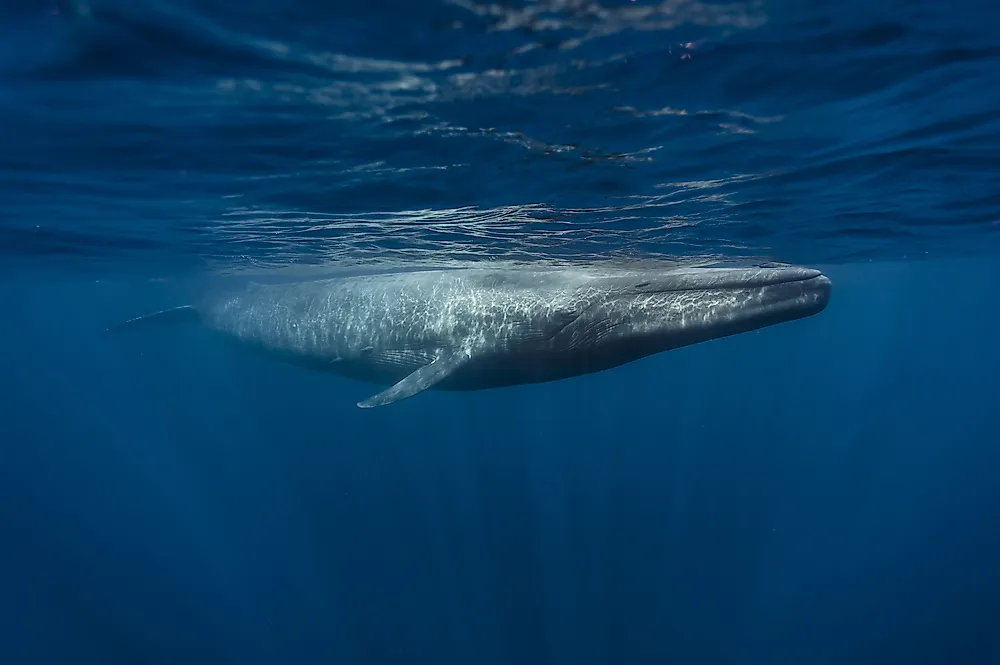
The ocean is home to some of the largest animals in the world, including to the largest animal of all time, the blue whale, which is even bigger than the largest sauropod dinosaurs. The ocean is home to these gigantic creatures because of its abundance of nutrient-rich food that is absent on land. Another reason behind the enormous size of marine creatures is that the buoyancy of the water supports the immense weight of these animals.
10. Blue Whale
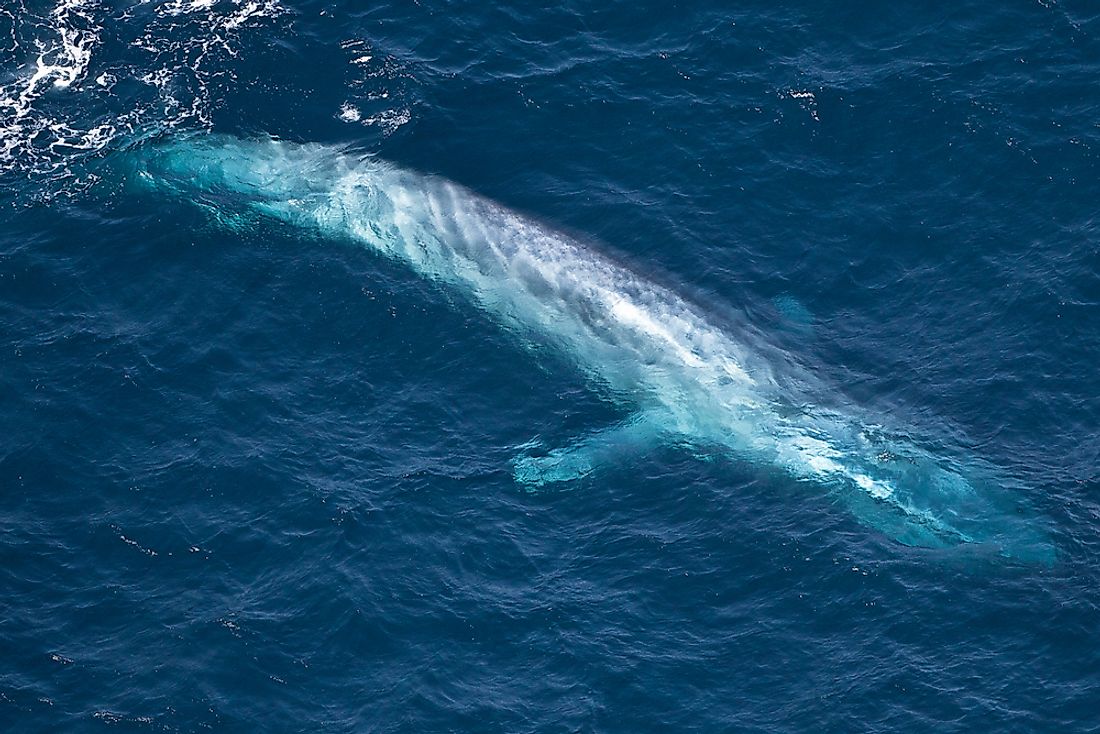
The blue whale is a large marine mammal of the genus Balaenoptera. The blue whale is the largest animal in history, with adults attaining a maximum weight of 191 short tons and a length of up to 98 feet. Like other baleen whales, the blue whale feeds exclusively on tiny organisms known as krill, which are abundant in the world’s oceans. The blue whale feeds by taking in gigantic gulps of water and then forces the water out using its tongue, with the water going through baleen plates, which act as giant sieves, and sieve the krill. With a daily energy requirement of 6.3 gigajoules, the blue whale needs to consume about 7,900 pounds of krill each day. Due to its immense size, the blue whale has many record-breaking body parts, which include the world’s largest lung capacity (1,300 gallons), the world's largest heart (weighing about 400 pounds), and the world’s largest penis, with an average length of 8 feet.
9. Ocean Sunfish
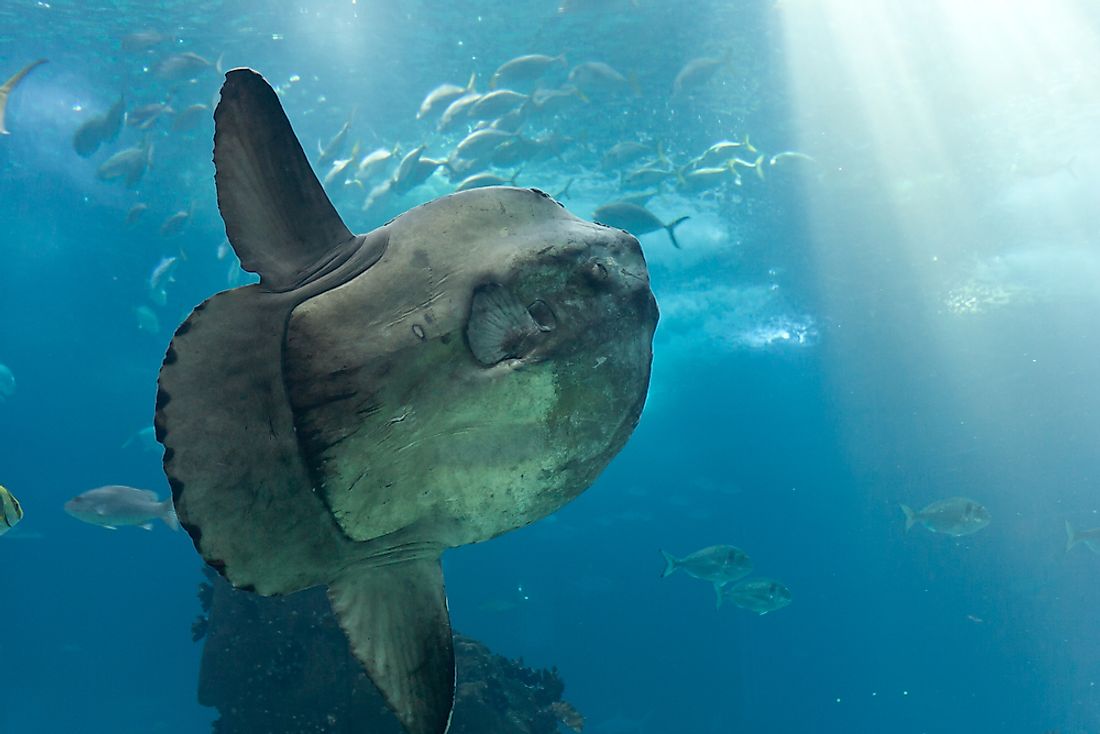
The ocean sunfish is a large bony fish of the genus Mola. The ocean sunfish is the largest bony fish in the world, with adults weighing between 545 pounds and 2,205 pounds, with the occasional individual reaching up to 5,100 pounds. The ocean sunfish has a distinct but weird body shape, where its body is flattened laterally. The average fin-to-fin length of the fish is about 8.2 feet, but few specimens with a length exceeding 10 feet have been observed.
8. Colossal Squid
The colossal squid is the only known member of the genus Mesonychoteuthis. The colossal squid is the largest squid based on mass and is also the largest known invertebrate in the world. To date, there are few existing specimens around the world, and hence the squid’s adult weight is not precisely known. Adult colossal squid is estimated to attain a maximum weight of 1,650 pounds and a maximum length of 46 feet.
7. Great White Shark
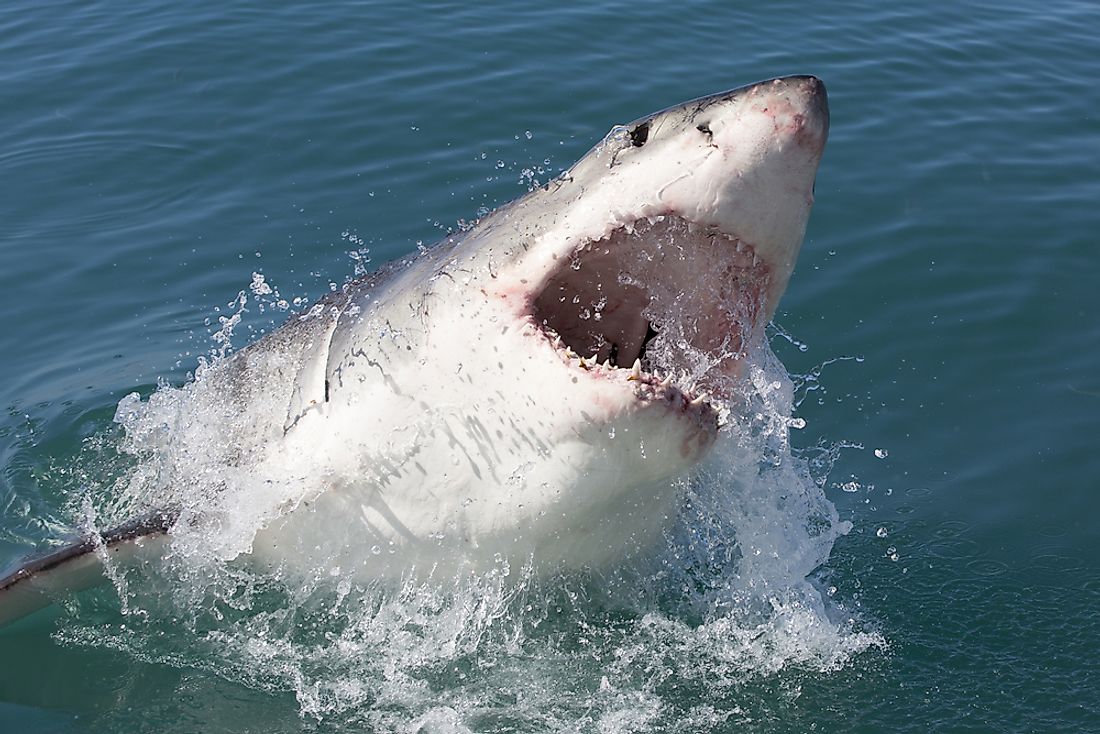
The great white shark is one of the largest macro-predatory fish in the world. The shark exhibits sexual dimorphism, with females being relatively larger than males. Adult female great whites grow to a length of between 11 feet and 13 feet, and an average weight ranging between 1,500 pounds and 2,450 pounds, with the largest specimen being 4,300 pounds in weight. Of the cartilaginous fish, the great white shark is only exceeded in size by the whale shark, the basking shark, and the giant manta ray. Great white sharks are apex predators in their habitats and prey on a wide array of animals, including northern elephant seals, dolphins, seals, and turtles.
6. Lion's Mane Jellyfish
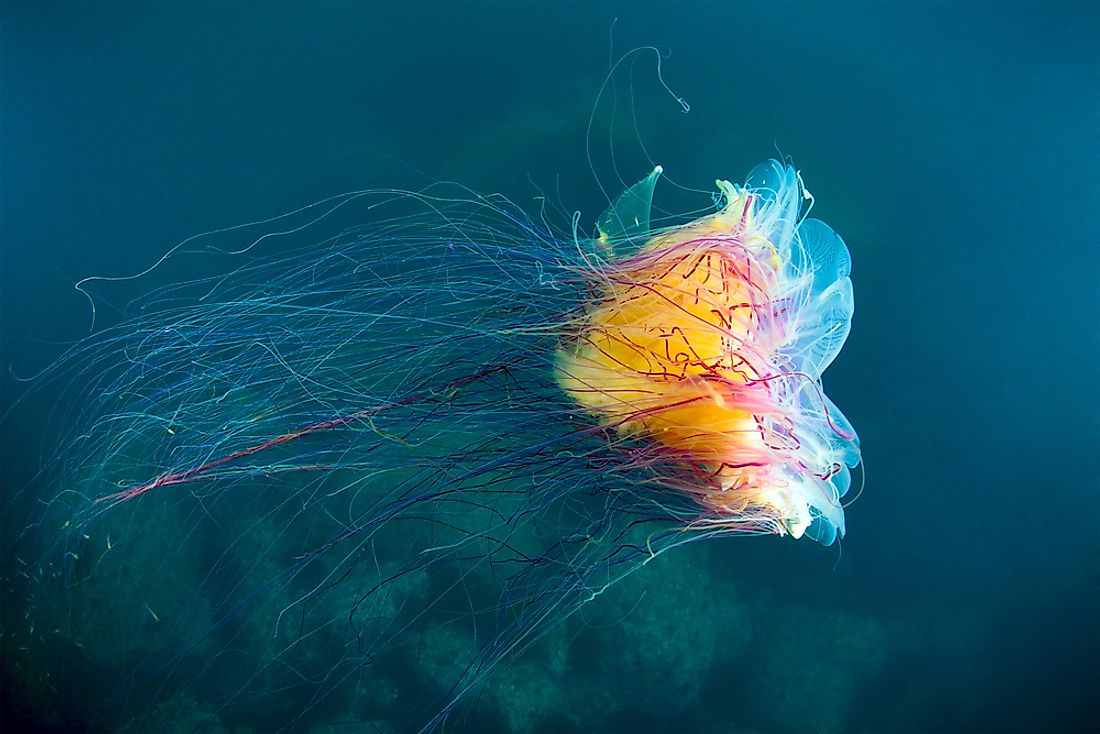
The lion’s mane jellyfish is the largest jellyfish species of the genus Cyanea. Also known as the giant jellyfish, the lion’s mane jellyfish is one of the longest animals in history, with adults reaching a total length of 100 feet, including tentacles. Only the bootlace worm, with a length exceeding 180 feet, is longer than the lion’s mane jellyfish. However, the jellyfish’s bell diameter varies widely, ranging between only 20 inches to over 6 feet. A specimen found on the shores of Massachusetts Bay in 1870 has a bell diameter of 7 feet and 6 inches and had tentacles measuring 121.4 feet in length.
5. Tasmanian Giant Crab
The Tasmanian giant crab is one of the largest crab species in the world. Adult Tasmanian giant crabs attain an average weight of 29 pounds and a carapace width exceeding 18 inches. The crabs exhibit sexual dimorphism, with adult males being twice as large as adult females. The Tasmanian giant crab is found in abundance on the ocean floor along Southern Australia. The giant crab is a part scavenger and part predator, and preys mainly on gastropods and crustaceans.
4. Giant Spined Sea Stars
The giant spined sea star is a sea star found in the Pacific, particularly on the west coast of North America. This sea star resides close to the low tide mark of the sea attached to rocks or on the sand. The giant spined sea star is the largest of all sea stars, with adults growing as large as 24 inches in diameter. Due to its gigantic size, the giant spined sea star has few natural predators, which include sea otters and sea birds. The sea star has a wide array of prey, but its preferred prey items are mollusks.
3. Giant Spider Crab
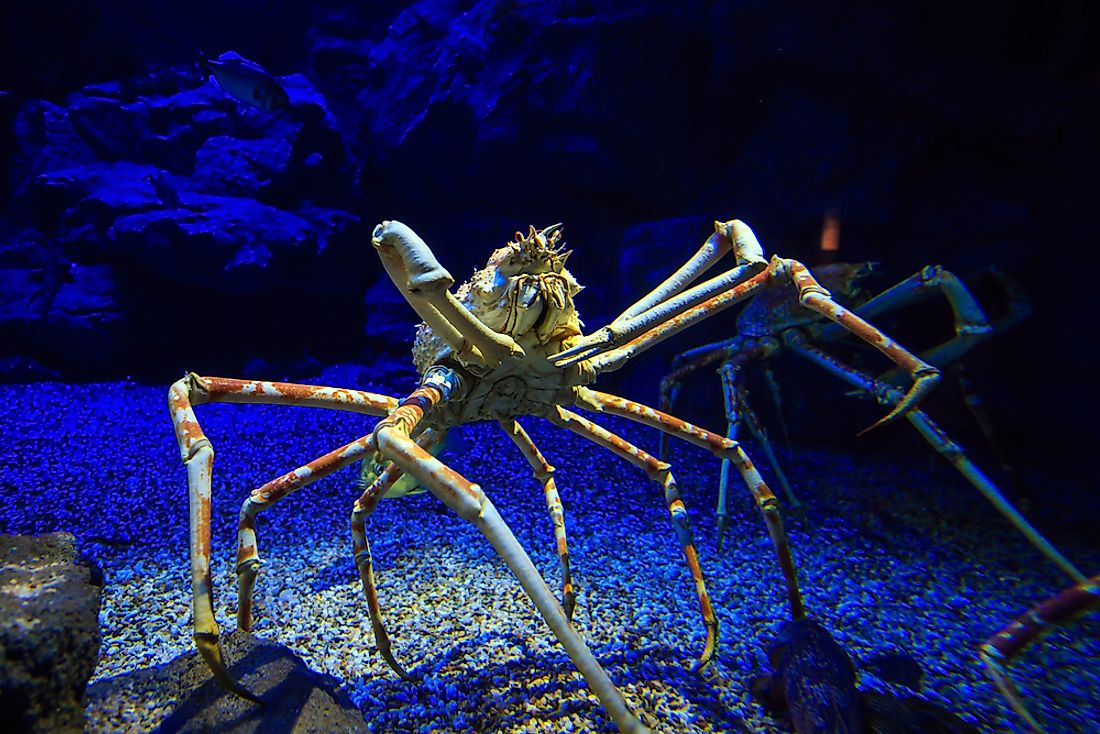
Also known as the Japanese spider crab, the giant spider crab is one of the largest crab species in the world. The crab exhibits sexual dimorphism, with males being considerably larger than females. Adult giant spider crabs can attain a weight of 42 pounds, making the crab the second heaviest arthropod behind the American lobster. However, the most distinctive feature of the giant spider crab is its extremely long legs, with the crab having the longest leg span of any arthropod in the world, with adult crabs having an 18-foot leg span.
2. Giant Pacific Octopus
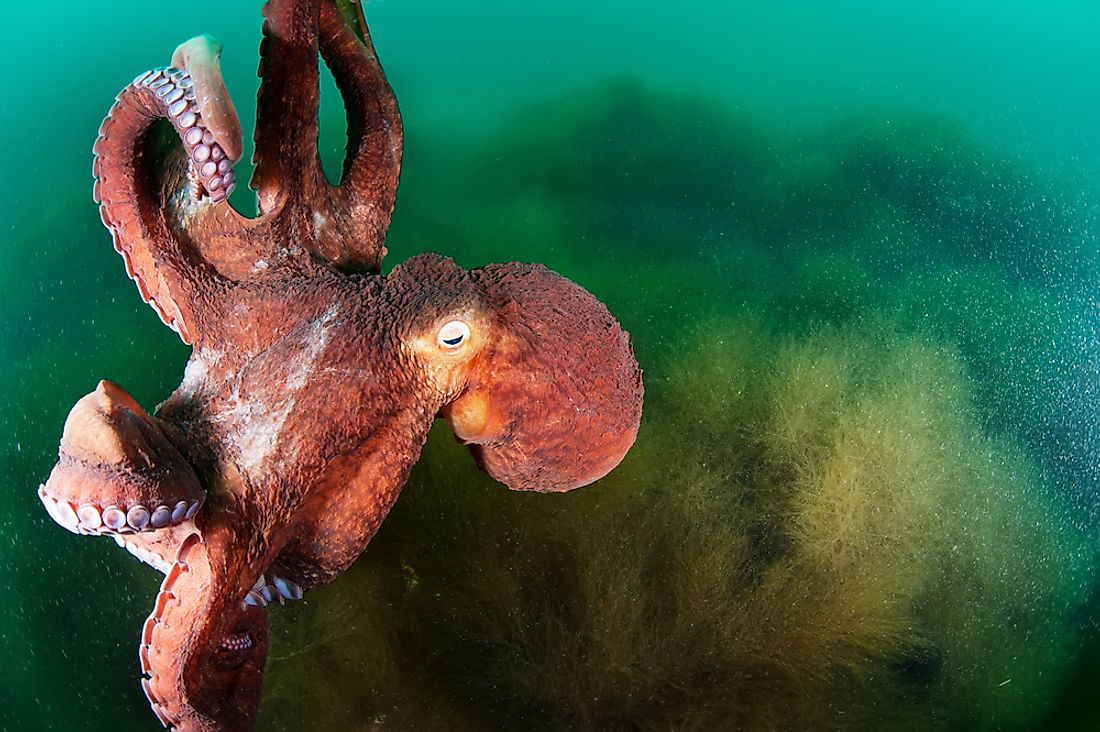
The giant Pacific octopus is a large octopus found in the Northern Pacific Ocean, stretching from Eastern Russian to Western Alaska. The giant Pacific octopus is one of the largest cephalopods in the world, with adults attaining an average weight 33 pounds and an arm span of 14 feet. However, there are specimens that exceed these measurements, with the largest specimen having a weight of 600 pounds and an arm span of 30 feet.
1. Sperm Whale
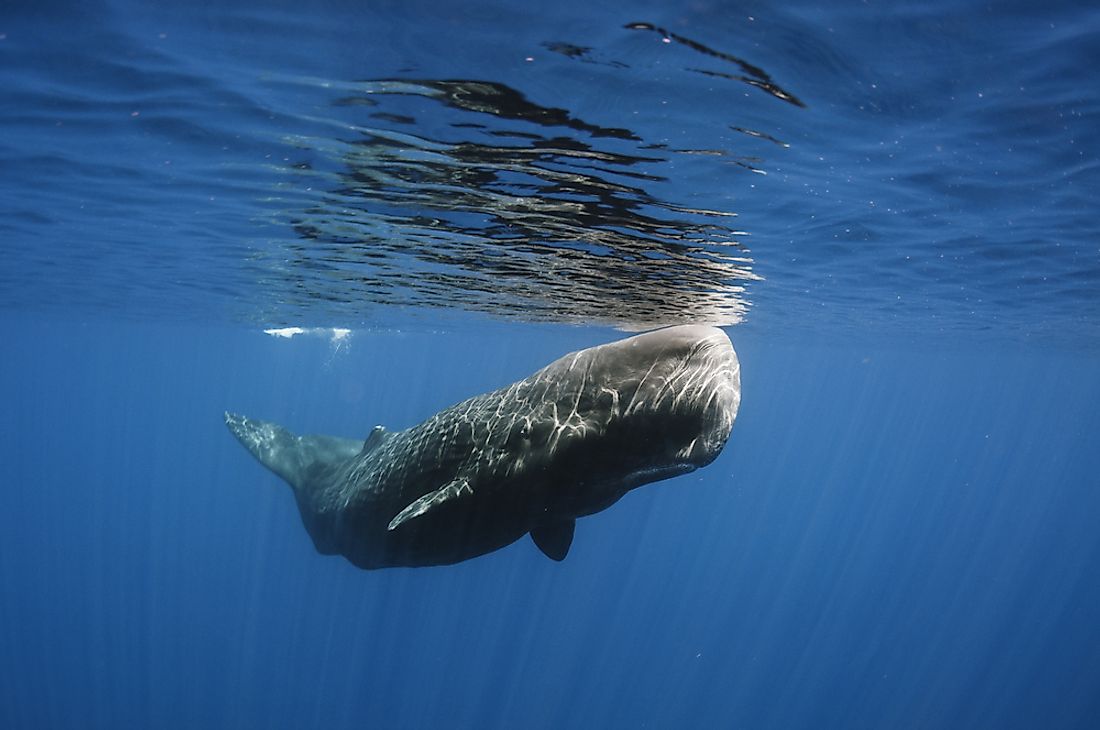
The sperm whale is the largest species of all toothed whales and is also the largest toothed predator in the world. The average length in adult males is about 52 feet, with the occasional individual having a length of 67 feet. Adult males attain an average weight of 56 short tons, but few individuals surpass this threshold to have a weight of 63 short tons. The sperm whale has a huge brain, the biggest of any animal in history, which weighs an average of 17 pounds.











